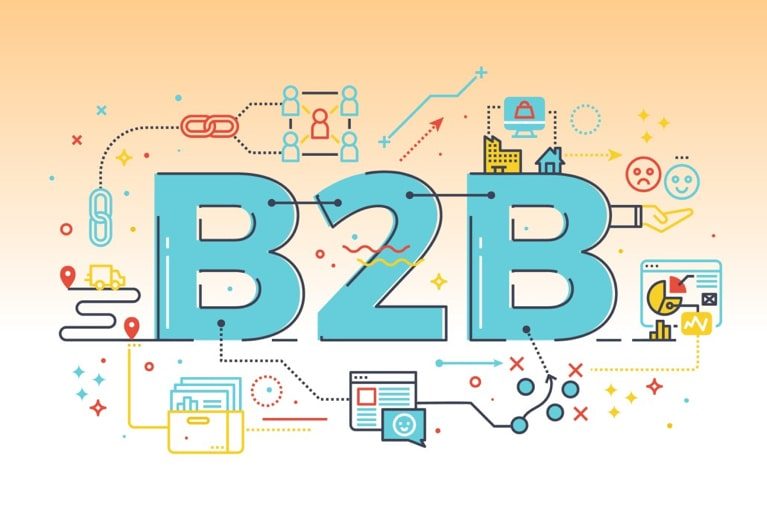How do you impact revenue for your company? If you’re a B2B marketer, that’s the question you’re faced with every single day at work. And if you’ve answered this question anytime in the past decade, the answer probably involved implementing a marketing automation platform and executing a multistage lead generation funnel.
The problem with that answer is that it doesn’t really work anymore, and it hasn’t for a long time. The evidence is staring us straight in the face whether we like it or not. The conversion rate of marketing qualified leads (MQLs) to sales opportunity pipeline has been declining for years and is now estimated to be 23%, according to our calculations. Even more depressing, one study showed that less than 1% of marketing qualified leads actually result in closed deals. Clearly, that’s not a problem that can be solved simply with “more leads,” which is why I’ve often referred to the MQL as a failed experiment. Instead, we need to ask ourselves why this is happening and rethink the very essence of how lead generation is done.
Let’s start with unpacking why lead generation has been increasingly ineffective. The first reason stems from the simple reality that buyer behavior has fundamentally changed over the past decade. Buyers today are delaying and often avoiding filling out contact registration forms, which are essential to the way first-generation marketing automation platforms work. Lead generation programs executed on marketing automation platforms are triggered and sustained by contact form registrations. Marketing nurture campaigns only kick off when someone opts in by filling out a contact form in exchange for an offer.
In a world where buyers delay or avoid contact form registrations, this spells trouble for first-generation marketing automation platforms — I should know because in my former life as SVP of product development for Eloqua, I spent the better part of six years building out and scaling the Eloqua platform for thousands of enterprise customers.
It’s been estimated that as much as 70% of the buyer journey is complete before the prospective buyer opts in to engaging with the vendor by filling out a contact form. The remaining 30% of the buyer journey is where the lead nurturing programs and sales engagement occurs, so it’s not difficult to see how the effect of marketing automation is rapidly becoming marginalized. If you’re a longtime marketer wondering why your marketing automation campaigns don’t work like they used to, this marginalization of traditional lead generation is a big part of the answer. In this new world of declining contact registrations, the challenge for the modern B2B marketer is this: How do you engage your buyer closer to the initial point of interest?
However, there’s yet another problem with traditional lead gen that speaks to the reality of how businesses make purchases. Over the past decade, we’ve learned quite a bit about how organizations make buying decisions. In the business bestseller The Challenger Sale, authors Matthew Dixon and Brent Adamson assert that organizations execute buying decisions as a group, and on average, it takes 6.8 individuals to sign off on a typical B2B purchase.
The problem with traditional lead generation is precisely that: It focuses on qualifying the individual lead rather than reaching the entire buying group. With only a couple of contacts per account, traditional email campaigns may reach no more than 30% of the buying group. Is it any wonder that lead generation campaigns offer diminishing returns?
Earlier, I mentioned that we need to rethink our approach to demand generation. Generating more poor-quality leads at an increasingly higher volume every year is no recipe for success. The growing interest in account-based marketing (ABM) offers a different take on B2B demand generation. First, instead of spending time “blacklisting” or disqualifying poor-quality leads, we need to start by “whitelisting” the accounts we want. What kind of accounts are you already finding success with, and how can you find more of those accounts?
Read Also: US Feds, States Could Join Forces On Google Probes
Second, instead of focusing on capturing, qualifying and scoring individual leads, why not try reaching, engaging and scoring the entire buying group? This shift in approach will better align with the way sales organizations engage buyers, which tends to be oriented around accounts.
The final challenge for the modern B2B marketer is determining how to engage buyers closer to the initial point of interest instead of waiting for the prospective buyer to fill out a form. A data-driven study we conducted a couple of years ago indicated that 45% of all prospective buyers who opted in to being contacted by the vendor actually began engaging with the vendor’s web content 90 days or more prior to filling out the contact form. This means that prospects are often secretly checking out the vendor’s content, even though, in most situations, the vendor has no clue this is happening. What if you could discover this secret account activity prior to the buyer filling out a contact form? Think of how the buyer’s experience could be enhanced by personalizing the offers or outreach to the prospective buyers.
All of this and more is why I believe ABM offers a better articulation of how B2B marketing should work. ABM isn’t just a new marketing strategy; it’s a fundamental change to how we need to think about B2B marketing.
FORBES
